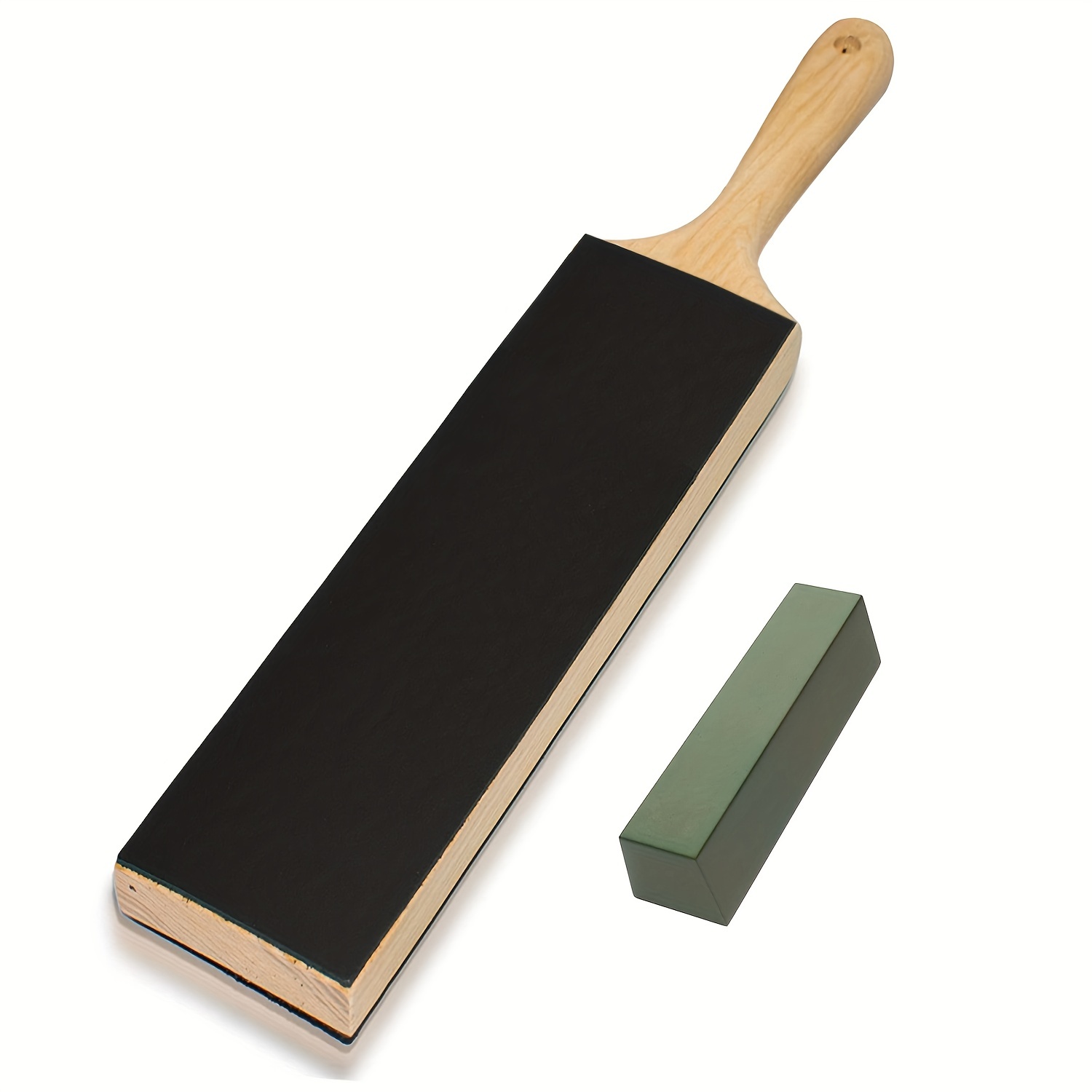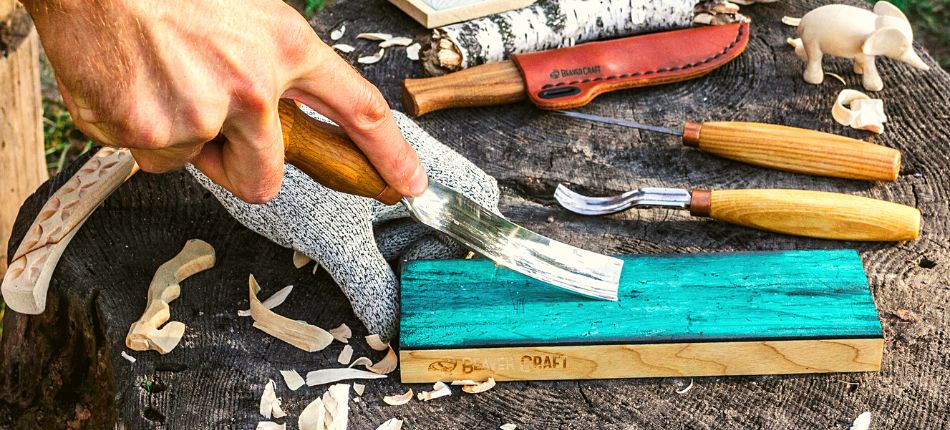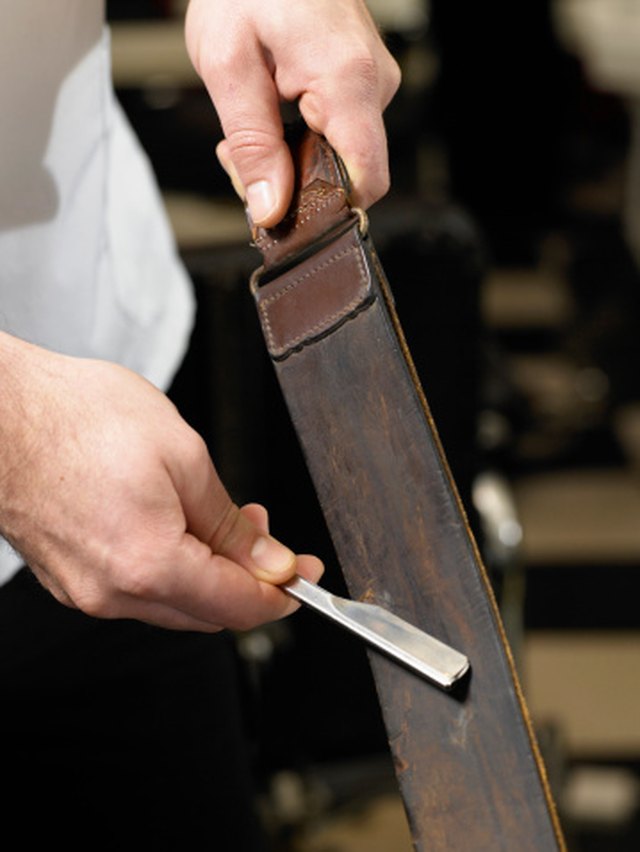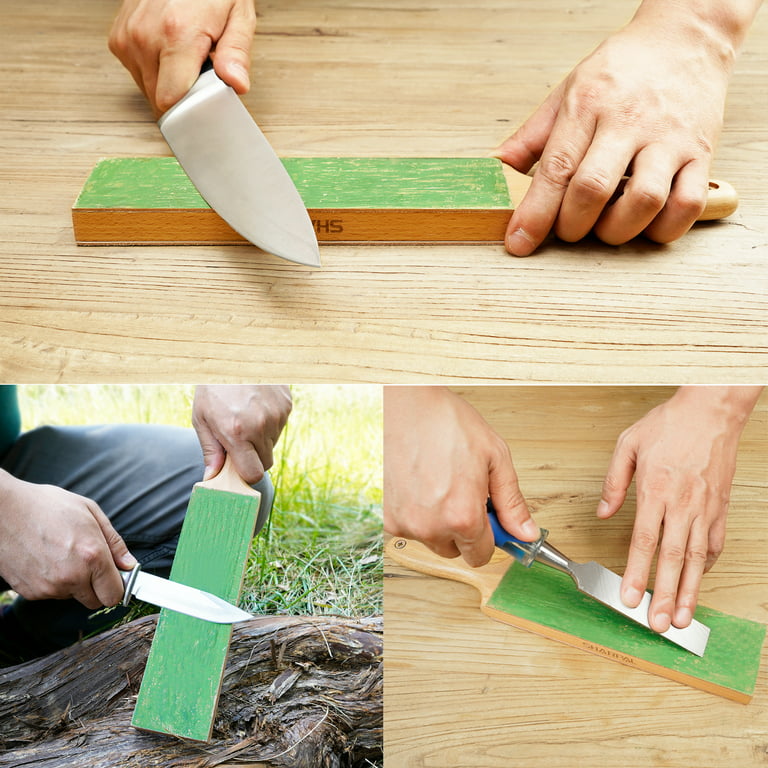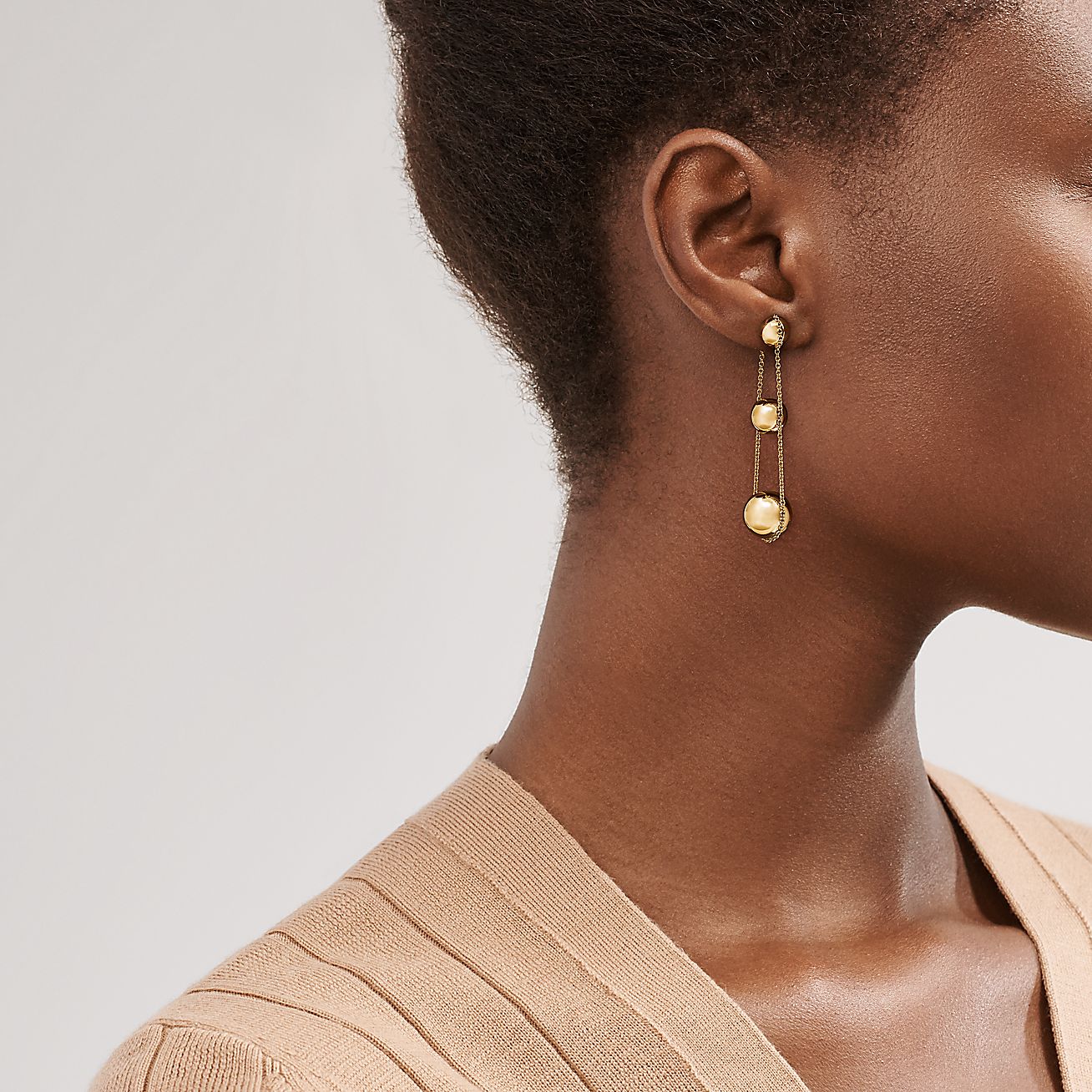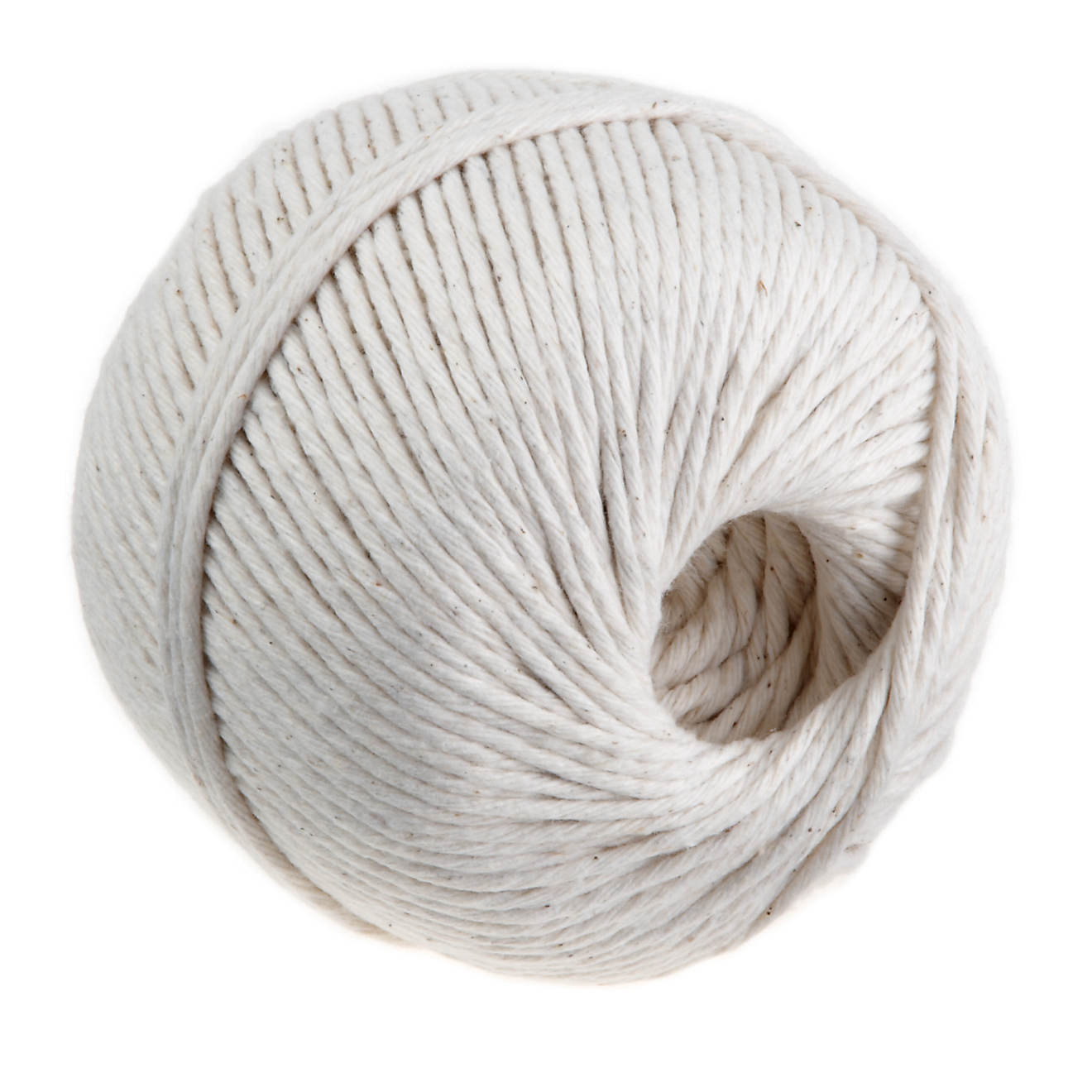
How to Sharpen & Strop Leather Tools
DetailsMaintaining your leather tools is one of the most important parts of the craft. Dull knives are dangerous to use and create sloppy cuts. Leather tools accumulate fibers, proteins and gunk as you use them, which dull the blade. Stropping your cutting tools will bring the edge back to life for sharp, precise cutting. You don’t need any fancy equipment to keep your knives, bevelers and other tools nice and sharp. With just a few bits of leather and some polishing compound, you can restore your leather tools to their original sharpness and precision.A strop can be any piece of leather – veg tan is used most often. Premade leather strops with a convenient handle are readily available and very easy to use. Some leatherworkers prefer to mount pieces of leather to a vertical wall in their workroom to create a makeshift stropping station. Burnishing machines often come with an attachment for polishing and honing your leather tools.If your leather tools are in good condition, the best rule of thumb is to sharpen your tools prior to every use. If your leather tools are new and you sharpen them before every use, you will only ever need to use the green (extra fine) polishing compound.There are different polishing compounds with varying levels of abrasives. Depending on how dull or rusty your blades are, choose the polishing compound that’s best suited for the level of sharpening and polishing your tools require. Apply polishing compound to the flesh (rough) side of a leather strop or to a burnishing machine. Do not apply different compounds to the same strop. You will need to purchase a separate strop for each polishing compound you have. Luckily, leather strops are inexpensive and readily available.Inspect your leather tool for rust, scratches and dullness. Choose the color of compound that corresponds with the level of sharpening your tool needs. Starting with that color, you will progress through the sharpening and polishing compounds until you finish with the final, green compound.Gray (Extra Coarse): This is the most abrasive polishing compound. It’s used for heavy-duty sharpening and polishing and for removing deeper scratches and rust.Brown (Coarse): This coarse-grit abrasive is used to remove light scratches, wear and rust.Red (Medium): The medium-level polishing grit is for regular metal cleaning and for sharpening and polishing.White (Fine): Lightly sharpens and polishes leather tools. This level of grit is great after a lot of cutting between sharpenings.Green (Extra Fine): Buffs and polishes leather tools to a high shine and luster. This is the most common polishing compound for daily use. If you polish your tools regularly, this will probably be the only compound you need.A leather strop is an inexpensive and easy way to keep your leather tools sharpened and polished. Apply polishing compound to the rough (flesh) side of the strop, coating the surface generously. If your leather strop is new or old and dried out, apply a thin coat of sewing machine oil (mineral oil works too) to the leather. The oil will help the polishing compound to thoroughly coat and permeate the leather.Place the cutting surface on the strop and pull in the opposite direction of the cutting path. You want to match the angle of the blade and pull at that same angle. Strop both sides of the blade 10-15 times. Once you’ve sharpened the tool, flip the double-sided strop over to the smooth, clean leather side and run the blade over the clean leather in the same manner as before to remove any compound on the tool and to buff and polish the metal.Most power-operated burnishing machines come with an attachment for stropping leather tools. Set the burnishing machine at a high speed for sharpening and polishing tools. Apply the polishing compound to the leather disks while the machine is on, coating the leather disks thoroughly. Lightly coat the leather disks with sewing machine oil (or mineral oil) before applying polishing compound to help the compound coat and permeate the leather. Standing in front of the machine so that the disks are rotating toward you from the top down, match the angle of the blade to the angle of the leather wheel. Hold the tool below the center axis of the wheel. The blade should go with the wheel’s rotation, not run against it. Once the tool has been sharpened, repeat on a clean leather disk without compound on it to clean off the tool.Knives: Don’t roll the sharp edge when sharpening. Keep your knife straight, follow the angle of the blade. Be careful to only pull – not push – the blade against the leather.Diamond Point Awl: Strop each facet the same way you would a knife; drag the awl on the strop to polish. Twisting while you pull helps to equally sharpen all sides.Edge Beveler: When stropping bevelers, keep the angle of the tool. Color the back of the tool with a bit of sharpie as close to the cutting end as possible to make sure you have the right angle. Run the back of the tool along the strop, drawing it toward you (this should remove the marker). To sharpen the top of the tool, run the edge of a small piece of leather between the teeth/prongs into the beveling groove, trying to maintain the cutting angle.Scissors: Leather scissors only need to be sharpened every few months. Ideally, you should remove the center bolt or pivot and sharpen each blade separately. If your leather scissors do not come apart, hold them with the blades open as far as they go when sharpening. With polishing compound applied to the strop, place as much of the blade onto the strop as possible. With very light pressure, pull the blade back toward you (opposite of cutting direction) about five or six times. Don’t press down too much because you don’t want to round the blade. Only sharpen the flat blade (the inside surface).Stitch Groover: Using a leather strop, push the tool away from you instead of pulling toward you as with most leather tools. Another approach is to use the stitch groover to cut a groove in a strip of scrap veg tan leather. Apply polishing compound to the grooved channel. Then push the groover (opposite of cutting direction) through the channel to sharpen the outside cutting tip. Run a piece of twine through polishing compound through and then run the twine through the inside edge of the groover to sharpen the inside cutting surface.Hammers, Burnishers & Folders: These tools do not need to be sharpened, but you can polish the heads and surfaces to keep them looking and performing at their best. Before you polish your hammer or leather creaser, take a stiff bristle brush and clean off your strop. Any loose particles could scratch your tool’s metal surface. Once the strop is clean, apply green (extra fine) polishing compound. Run the tool back and forth quickly, making sure to polish all areas of the tool’s striking or working surface. Polish the metal surface until you’re happy with the shine and mirror finish.How often do you sharpen your leather tools? Do you have any tricks or advice to share with fellow leather crafters? Post your suggestions and tips in the comments section below. And shop at Sailrite for all your leather tool needs. We have the tools, resources and support you need to enhance your leather career.

JUTSONS Original Leather Strop for Knife Sharpening & Razor Sharp Tools. 14 x 2 Large Double Sided Stropping Leather for Wood Working with

Leather Strop Honing Sharpening Strop Knives Chisel Tools 10 x 2.0 Double-Side
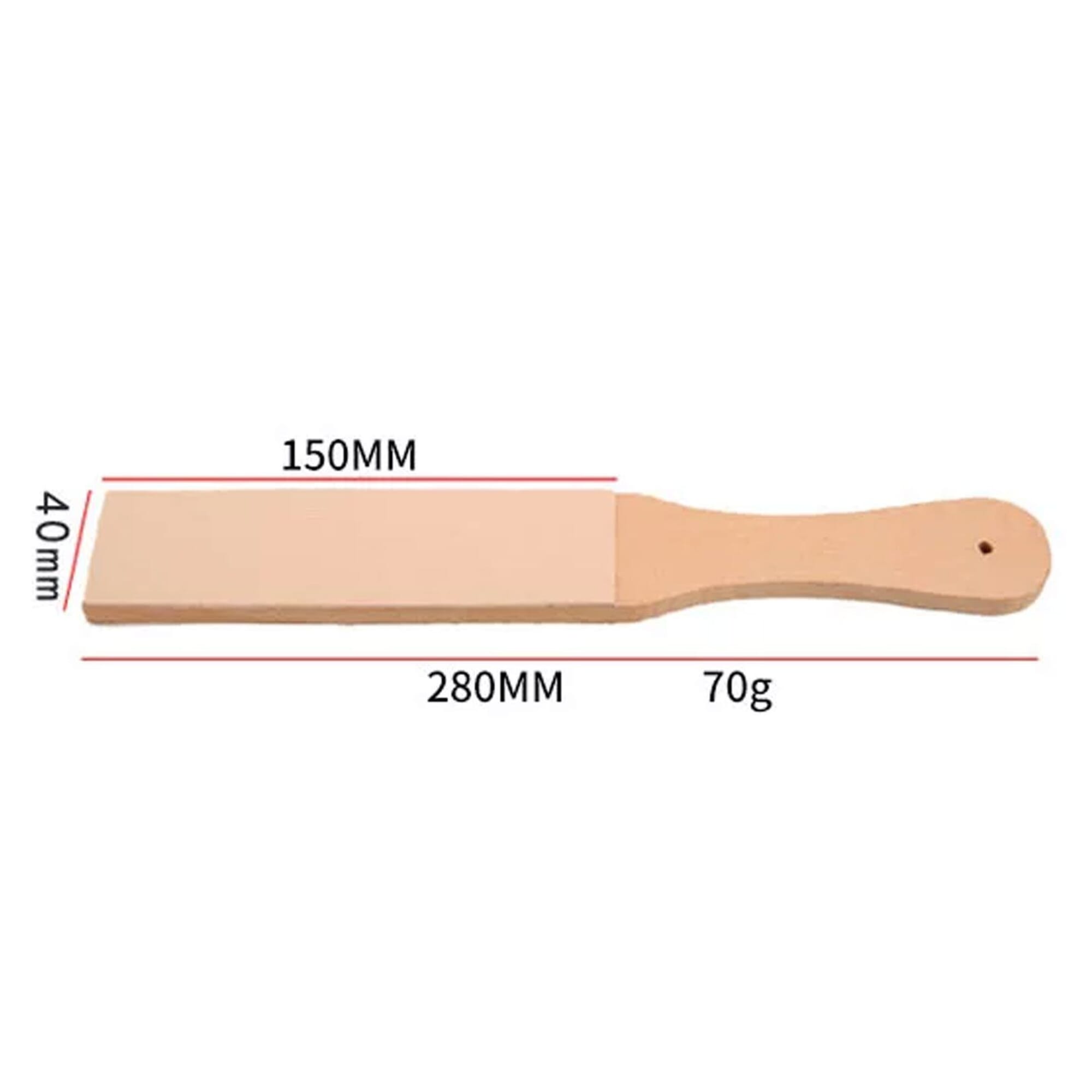
Double Sided Leather Strop for Sharpening, Polishing and Honing all kind of Blades or Knives, Small Size

ZY Leather Strop for Straight Razor Natural Whetstone knife Sharpening – grandslam shaving

How to Sharpen & Strop Leather Tools
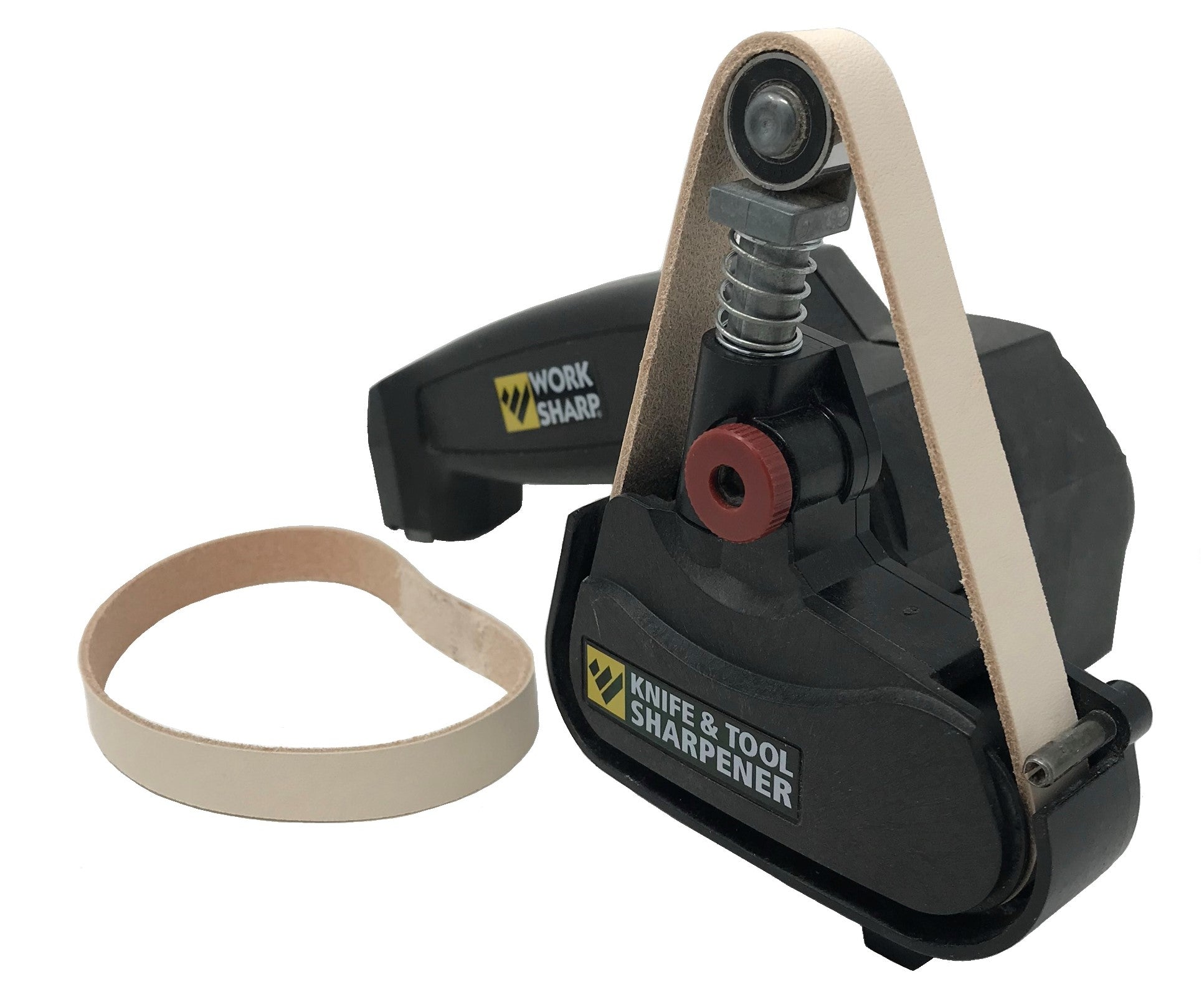
1/2X12 Super Strop Sharpening Belt Pack 2 Leather Honing Belts & Assor – ProSharpeningSupply
Sharpal strop is a premium vegetable tanned hide with abrasive green compound that will put the sharpest edge possible on knives. It should be used as the final step in sharpening. The tool works by realigning the very fine edge of the blade and polishing the blades surface. After use or sharpening the blade will have a slight burr this burr is what catches when you attempt to cut. By stropping the knife the very fine edge of the blade will begin align, while the compound polished the edge.
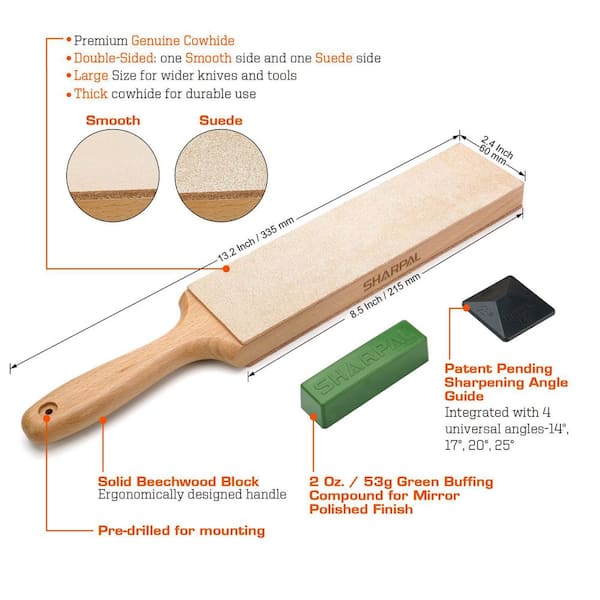
Sharpal 205H Double-Sided Leather Strop
Nothing puts that final edge on a knife better than a honing strop. Just use only one professional sharpening strop and keep all your woodcarving tools always extremely sharp. The leather knife sharpener is made of real leather, so no worry about the reliability of the woodworking strop. Our double-sided strop is a very versatile tool. There is no tool or knife that can't be refined on this small leather strop.

BeaverCraft LS6P1 Leather Strop Kit with Sharpening Polishing Compound 14 x 2 Knifeping Block Honing Sharpener Strop for at MechanicSurplus.com
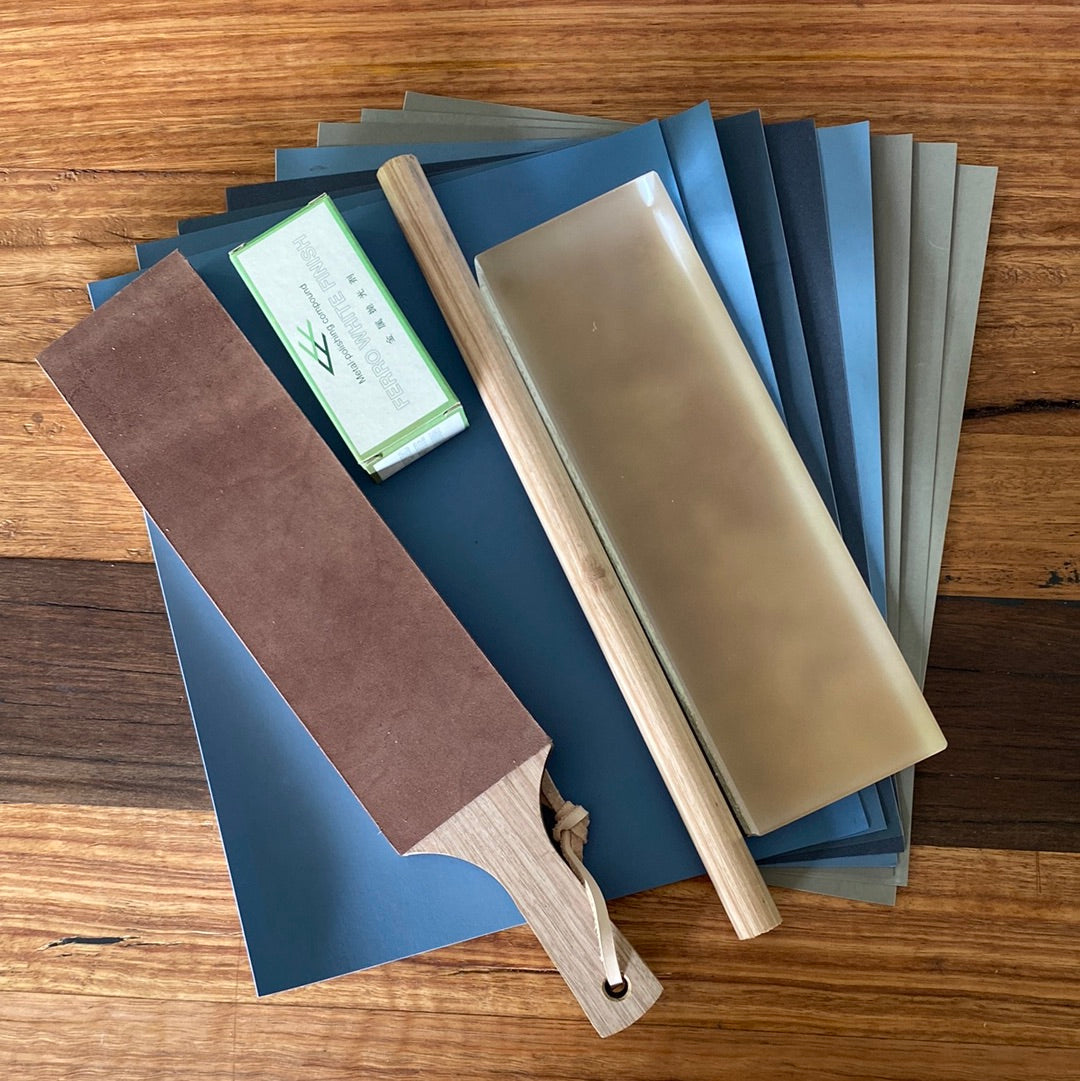
Tool Sharpening – Wood Tamer

DIY-Projects
The Sharpening stone set includes:, 240 grit sharpening stones, 800 grit sharpening stones, Leather strop, 5-3 micron Polishing compound, Nylon

Sharpening Kit 2 stones 240 & 800 and leather strop & Compound nylon case

Leather Strop Kit With Polishing Compound Knife Stropping - Temu

BeaverCraft Leather Strop for Knife Sharpening Strop with Polishing Compound - Stropping Leather Knife Sharpener - Carving Knife Strop Kit & Honing Compound - Paddle Strop Block for Knives LS8

WUTA Multifunctional Leather Edge Beveler Sharpener Sharpening Strop Tool Polish Grind Knife Wide Shovel Cutting Edge Skiving
Features: Wooden Handle Leather Craft Polish Sharpening Strop Sharpener Craft Double Sided High quality belt double sided leather strop made from
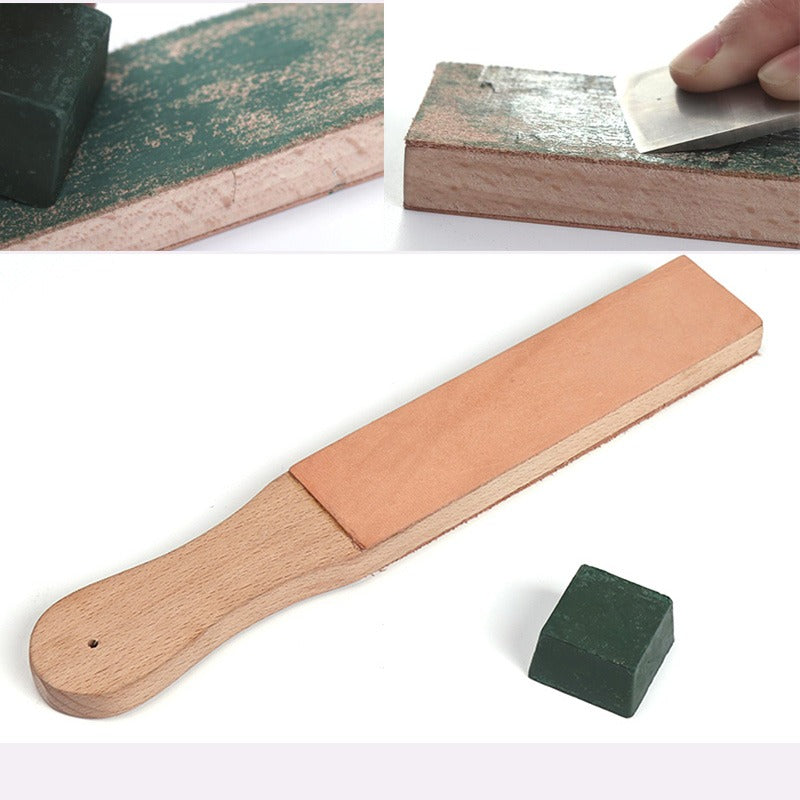
WUTA Wood Handle Leather Sharpening Strop Knife Razor Polishing Board
